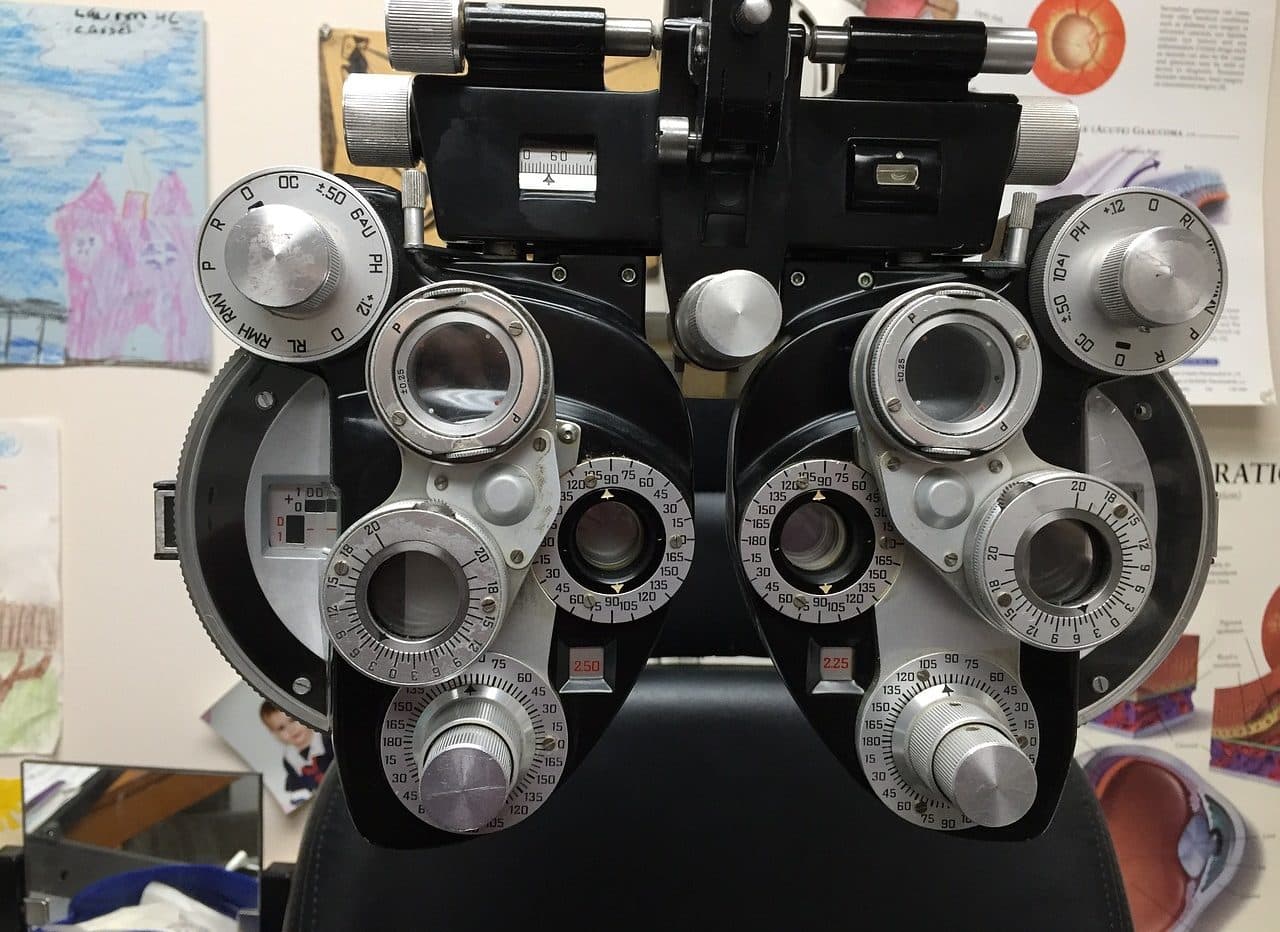
Astigmatism can be diagnosed through different tests.
Astigmatism is a vision disorder that occurs when the lens and cornea have an irregular curvature on their surface. In this way, a refraction that is different between the ocular meridians is generated, making precise focusing impossible.
It should be remembered that light focused on the retina passes through the cornea , which works like a lens. If the surface of the cornea does not have a regular and symmetrical curvature, astigmatism is generated. Curvature irregularity can also appear in the lens (the ocular structure behind the iris and in front of the vitreous humor, which acts as a biconvex lens).
Characteristics of astigmatism
Astigmatism is usually congenital : one already suffers from the moment of birth. In milder cases, it may not manifest itself or cause symptoms . On the other hand, when astigmatism is marked, the person sees objects distorted and blurred . Because the eye seeks to reverse the effect, it generates overstrain in the muscles that can cause dizziness and headache .
To treat astigmatism, which usually appears along with myopia ( a disorder that occurs when light rays arriving from a considerable distance focus on a site anterior to the retina), laser surgery can be used, use of glasses ( glasses ) with cylindrical lenses or the use of contact lenses.

Astigmatism can be treated with contact lenses.
Other information of interest
In addition to everything stated above, we cannot ignore another series of interesting facts about astigmatism:
- It usually appears early and is considered more likely to occur in Hispanic and Asian children.
- Diagnosis is achieved through routine tests performed to determine the state of vision.
- It is believed that around 26% of the population has this refractive error. On the other hand, 80% of those with myopia also have astigmatism.
- Contact lenses are the main tool used to treat astigmatism. However, there are those who prefer to opt for the use of surgery , with up to six diopters being operable with this mechanism.
Types of astigmatism
It is important to mention that astigmatism can be classified as high , medium or low and that it can be defined as irregular or regular depending on the arrangement of the main meridians. In the case of regular astigmatism, a distinction is made between simple astigmatism (simple hyperopic or simple myopic) or compound (compound hyperopic, compound myopic or mixed) astigmatism. There is also oblique astigmatism , inverse astigmatism and direct astigmatism according to how the refraction develops.
Although we have mentioned many types of astigmatism, three different types are usually taken into account:
- Myopic , which occurs when one or both meridians of the eye tend to focus as myopic.
- Hyperopic , which occurs at the moment in which one or both meridians proceed to focus as hyperopic.
- Mixed astigmatism , which is the type characterized by the fact that one of the meridians proceeds to focus as myopic and the other as hyperopic.
